Understanding WPC Board: Its Benefits and Uses
WPC Board, sometimes referred to as Wood Plastic Composite Board, is a brand-new product that is quickly gaining traction in the building sector. To make a strong and useful product, thermoplastics are combined with wood fibres or sawdust.
Why WPC Board and Indowud Gaining Popularity
There are several reasons why WPC Board and Indowud nfc are becoming increasingly popular in the construction industry:
- Robustness: Indowud Board is renowned for its excellent resilience and resistance to deterioration. It is resistant to rot, termites, and moisture damage and can tolerate a variety of climatic conditions. It is the best option for both indoor and outdoor applications because of this.
- Versatility: It can be used for flooring, wall cladding, decking, roofing, and even as a substitute for conventional wood.
- Low maintenance: Indowud nfc Board requires little maintenance, which is one of its main advantages. It doesn’t need to be painted, sanded, or stained on a regular basis like conventional timber boards do. It may be quickly maintained by just cleaning it with water and a mild detergent.
- Environmentally friendly: Indowud nfc Board is regarded as an environmentally responsible substitute for conventional wood products. The demand for real wood is decreased by combining thermoplastics with fibres. It is also recyclable and usable for various purposes, minimising waste and fostering sustainability.
- Cost-effective: Despite the fact that Indowud nfc Board may initially cost more than more conventional materials, the long-term advantages much surpass the initial outlay. Because of its longevity and minimal maintenance requirements, it will eventually cost less because fewer repairs and replacements will be necessary.
It is a material with several advantages that architects, builders, and homeowners are all beginning to use more frequently.
What is Indowud nfc Board?
Rice husk and thermoplastic polymers like polyethylene (PE), polypropylene (PP), polyvinyl chloride (PVC), or polylactic acid (PLA) are frequently combined to make indowud board[2]. The thermoplastic polymers offer durability, moisture resistance, and dimensional stability, and the crop residues give wood its natural and beautiful appearance[1][2]. in addition to plastic and fibres.
Process of Making Indowud Board
Indowud board production typically involves two steps[1]. Compounding is the first process, in which fibres and thermoplastic components are combined to create a dough-like consistency[1]. Depending on the particular manufacturing configuration, this mixing procedure may be carried out continuously or in batches[1]. Compounding involves mixing the thermoplastic polymers in a homogenous mixture with the fibres or flour.
The second step is the shaping and forming of the mixture into the desired board shape of various sizes and thicknesses. After shaping, the boards may undergo additional processing steps such as cooling, cutting, and surface finishing[1].
Uses of WPC Board and Indowud
- Construction: Due to their durability, water resistance, and ease of maintenance, WPC board and Indowud can be used in construction for various applications, including Flooring, Cladding, Fencing, and Decking. Due to its minimal care requirements and resilience to rotting, it is also successfully utilised for roofing and formwork.
- Furniture: Indowud board has a variety of uses in the furniture sector, including the production of cabinets, shelves, and other storage items. It is appropriate for use in bathrooms and kitchens due to its longevity and resistance to moisture.It can be used to create furniture like tables, chairs, and other components. Numerous designs and finishes can be employed to suit a variety of interior styles because of its versatility. Indowud board is a smart choice because of its resistance to weather and moisture.
3. Interior Design: Using an Indowud board in interior design can improve the appearance and use of a room. Wall panels, ceilings, and partition walls are a few examples of applications for enhancing the beauty and texture of interior surfaces. Due to its resilience to weather and moisture and its adaptability, numerous designs and finishes can be used to complement diverse interior styles.
Benefits of Indowud Board over WPC
Features: Indowud is extremely water-resistant, making it a good choice for use in bathrooms, kitchens, and pool areas—areas that are subject to moisture. It has smoke suppression, flame retardancy, and termite resistance. Because it doesn’t absorb moisture, it won’t swell, deform, or grow mould. Due to its water resistance, it is perfect for use in applications that come into touch with water or in high-humidity locations.
Dimensional stability: Because it doesn’t contain moisture, Indowud is more stable in its dimensions than ordinary wood. It is extremely resistant to cracking or warping due to changes in humidity and temperature. Sustainability: Indowud is VOC-free, recyclable, and sustainable. It is a smoke suppressant, flame retardant, and termiteproof.
Sustainability: Indowud is recyclable, sustainable and doesn’t emit any VOC’s. It is termite-proof, flame retardant and smoke suppressant.
Aesthetics and low maintenance: Indowud nfc is easy to install in various settings. Its lightweight nature makes it easy to move and handle. It can be cut or drilled with similar woodworking tools.
Conclusion
Interested in bringing the numerous benefits of the WPC Board to your construction projects? Browse through Indowud’s extensive range of premium boards. For any questions or further information, don’t hesitate to reach out to our knowledgeable team. Let us help you make the best choice for your building needs!



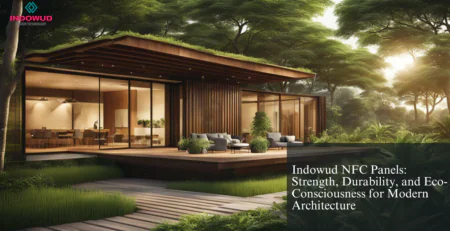

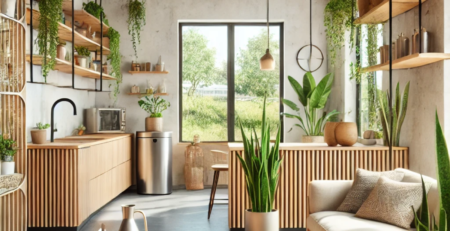
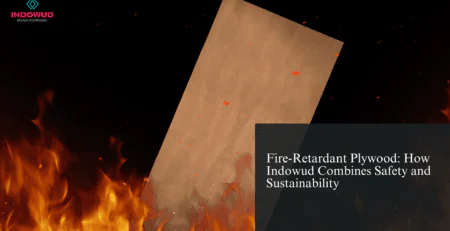
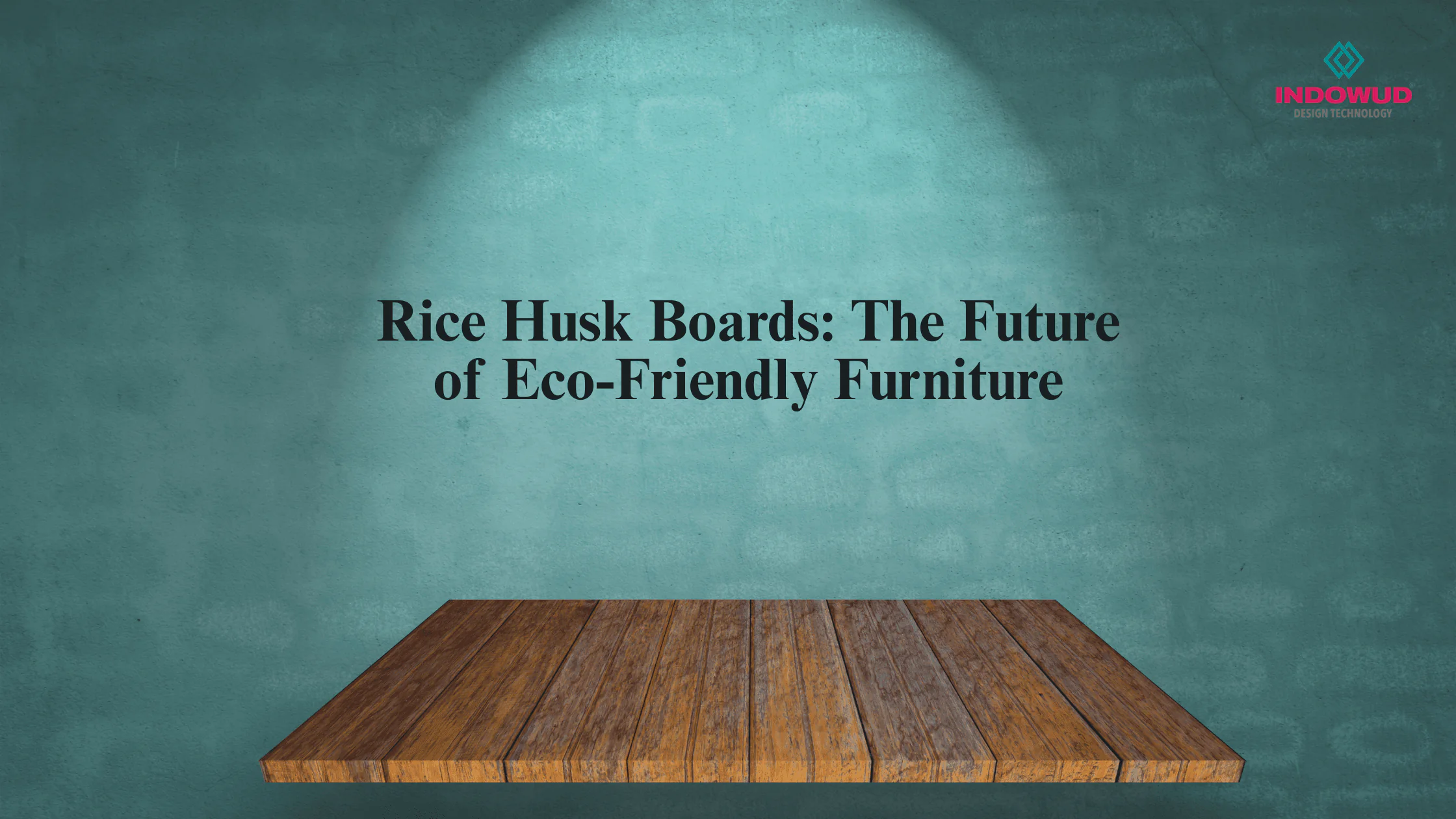
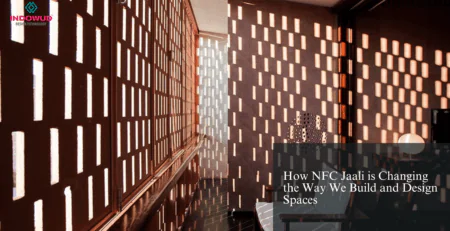


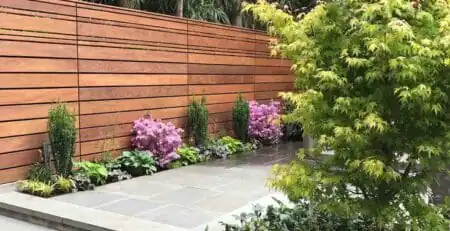
Leave a Reply